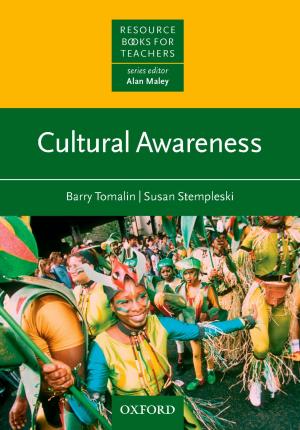Siva's Saints
The Origins of Devotion in Kannada according to Harihara's Ragalegalu
Fiction & Literature, Literary Theory & Criticism, Asian, South & Southeast Asian, Nonfiction, Religion & Spirituality, Eastern Religions, Hinduism| Author: | Gil Ben-Herut | ISBN: | 9780190878863 |
| Publisher: | Oxford University Press | Publication: | July 2, 2018 |
| Imprint: | Oxford University Press | Language: | English |
| Author: | Gil Ben-Herut |
| ISBN: | 9780190878863 |
| Publisher: | Oxford University Press |
| Publication: | July 2, 2018 |
| Imprint: | Oxford University Press |
| Language: | English |
Comprising more than twelve million people and renowned for their resistance to Brahminical values, the Virasaivas are a vibrant and unorthodox religious community with a provocative socio-political voice. The Virasaiva tradition has produced a vast and original body of literature, composed mostly in Kannada, a Dravidian language from south India. Siva's Saints introduces a previously unexplored and central primary work produced in the early thirteenth century, the Ragalegalu. This was the first narrative text written about the incipient devotional tradition dedicated to the god Siva in the Kannada-speaking regions; through stories of the saints, it images the life of this new religious community. The Ragalegalu inaugurated a new era in the production of devotional narratives accessible to wide audiences. Gil Ben-Herut challenges common notions about this tradition in its nascent phases. By closely reading the saints' stories in this text, Siva's Saints takes a more nuanced historical view than commonly-held notions about the egalitarian and iconoclastic nature of the early tradition, arguing instead that early bhakti (devotionalism) in the Kannada-speaking region was less-radical and more accommodating toward traditional religious, social, and political institutions than thought of today. In contrast to the narrowly sectarian and exclusionary vision that shapes later accounts, the Ragalegalu is characterized by an opposite impulse of offering an open invitation to people from all walks of life, and their stories illustrate the richness of their devotional lives. Analysis of this seminal text yields important insights into the role of literary representation of the social and political development of a religious community in a pre-modern and non-Western milieu.
Comprising more than twelve million people and renowned for their resistance to Brahminical values, the Virasaivas are a vibrant and unorthodox religious community with a provocative socio-political voice. The Virasaiva tradition has produced a vast and original body of literature, composed mostly in Kannada, a Dravidian language from south India. Siva's Saints introduces a previously unexplored and central primary work produced in the early thirteenth century, the Ragalegalu. This was the first narrative text written about the incipient devotional tradition dedicated to the god Siva in the Kannada-speaking regions; through stories of the saints, it images the life of this new religious community. The Ragalegalu inaugurated a new era in the production of devotional narratives accessible to wide audiences. Gil Ben-Herut challenges common notions about this tradition in its nascent phases. By closely reading the saints' stories in this text, Siva's Saints takes a more nuanced historical view than commonly-held notions about the egalitarian and iconoclastic nature of the early tradition, arguing instead that early bhakti (devotionalism) in the Kannada-speaking region was less-radical and more accommodating toward traditional religious, social, and political institutions than thought of today. In contrast to the narrowly sectarian and exclusionary vision that shapes later accounts, the Ragalegalu is characterized by an opposite impulse of offering an open invitation to people from all walks of life, and their stories illustrate the richness of their devotional lives. Analysis of this seminal text yields important insights into the role of literary representation of the social and political development of a religious community in a pre-modern and non-Western milieu.















